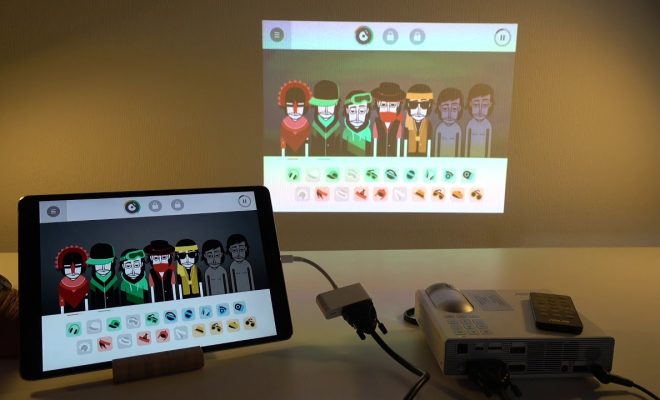IPv4 vs. IPv6: What’s the Difference?

As the internet has grown over the years, so has the number of devices and users that are connected to it. In order for these devices to communicate with each other, they rely on Internet Protocol (IP) addresses. The most commonly used IP protocol is IPv4, or Internet Protocol version 4. However, with the increasing number of devices being connected to the internet, the number of available IPv4 addresses is dwindling. This has led to the development of a new IP protocol – IPv6, or Internet Protocol version 6. But what exactly is the difference between IPv4 and IPv6?
IPv4 is the fourth version of the IP protocol and is the most widely used protocol for internet communication. It uses 32-bit addresses, which means there are only about 4.3 billion available IP addresses. This may seem like a lot, but with the increasing number of devices being connected to the internet, these addresses are quickly running out. This is why the need for a new IP protocol arose.
IPv6, on the other hand, uses 128-bit addresses. This means that there are approximately 340 undecillion available IP addresses. To put this in perspective, that’s enough addresses to give every single person on Earth billions of unique addresses. This ensures that there will be enough IP addresses to accommodate future growth in internet-connected devices.
Another difference between IPv4 and IPv6 is the way they handle packet fragmentation. In IPv4, packet fragmentation is done by the sender and reassembled by the receiver. But in IPv6, packet fragmentation is done by the sender and reassembled by the destination network. This means that packet fragmentation is less likely to occur in IPv6, which can result in faster internet speeds.
IPv6 also has improved routing efficiency compared to IPv4. IPv6 packets have a simpler header format, which means that routing tables can be updated more quickly. This can lead to faster network performance and more efficient use of network resources.
One of the challenges of transitioning from IPv4 to IPv6 is the need for compatible hardware and software. Not all devices and software are currently compatible with IPv6, which means that some devices may not be able to communicate with each other. However, many internet service providers and companies are working to ensure that their services are IPv6 compatible.
In conclusion, IPv6 offers a solution to the dwindling number of available IP addresses and provides several advantages over IPv4, including more efficient routing, less packet fragmentation, and faster network speeds. While there may be some challenges associated with transitioning to IPv6, it is clear that IPv6 will play an increasingly important role in internet communication in the coming years.






